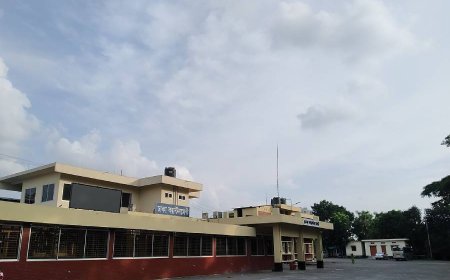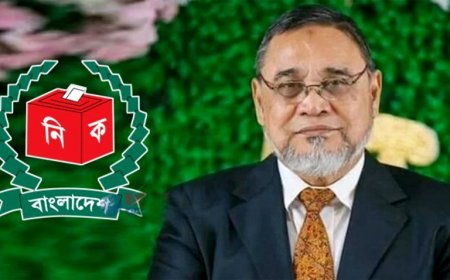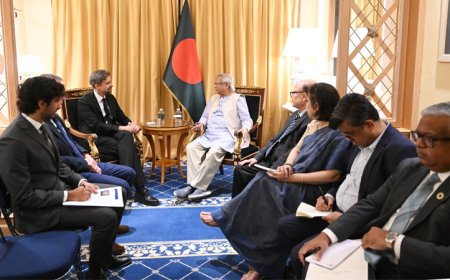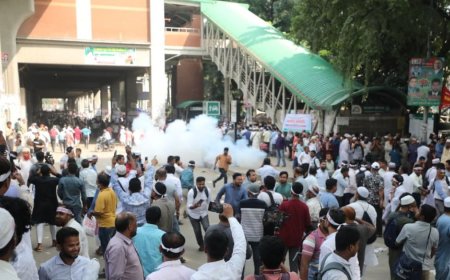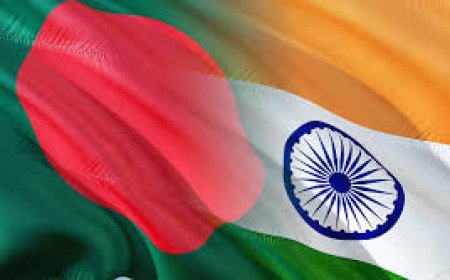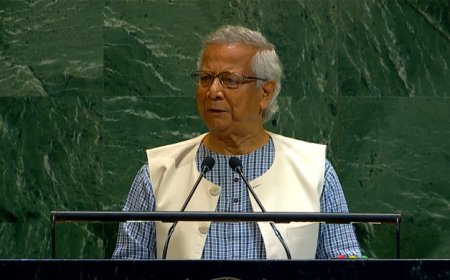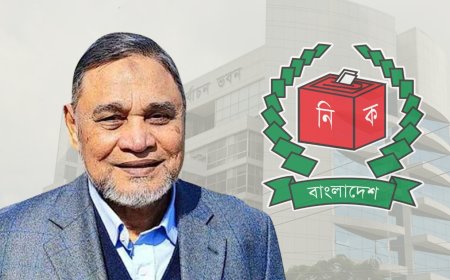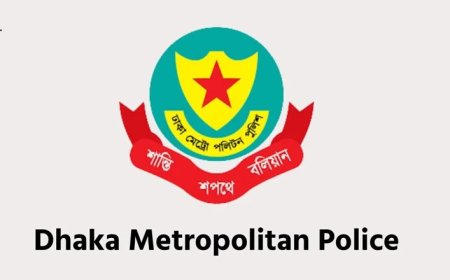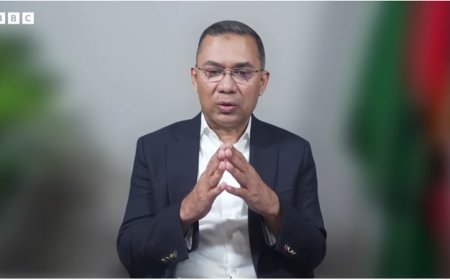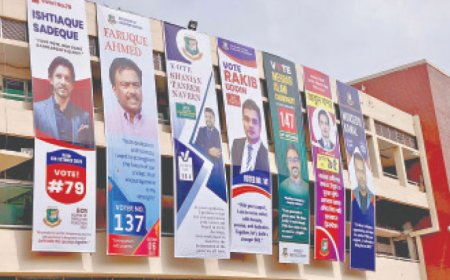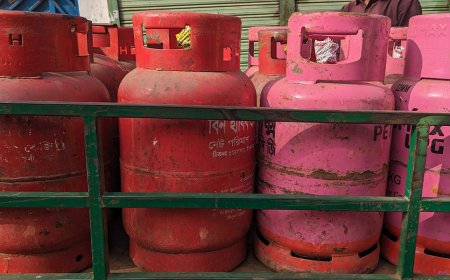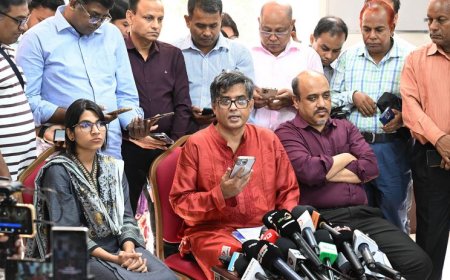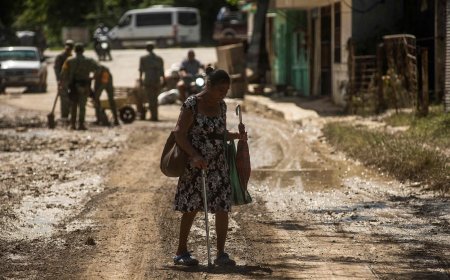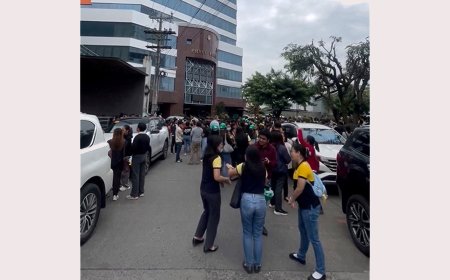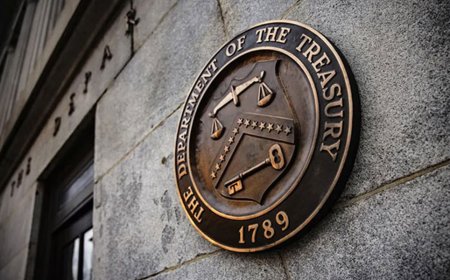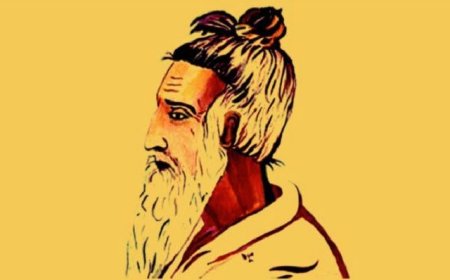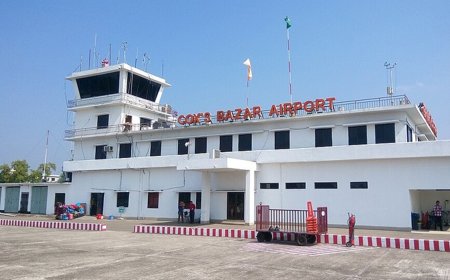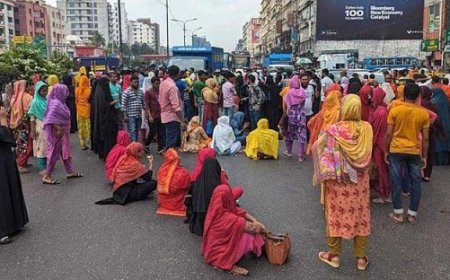Hindus in Bangladesh: Origins of Communal Violence
Hindus in Bangladesh: Origins of Communal Violence
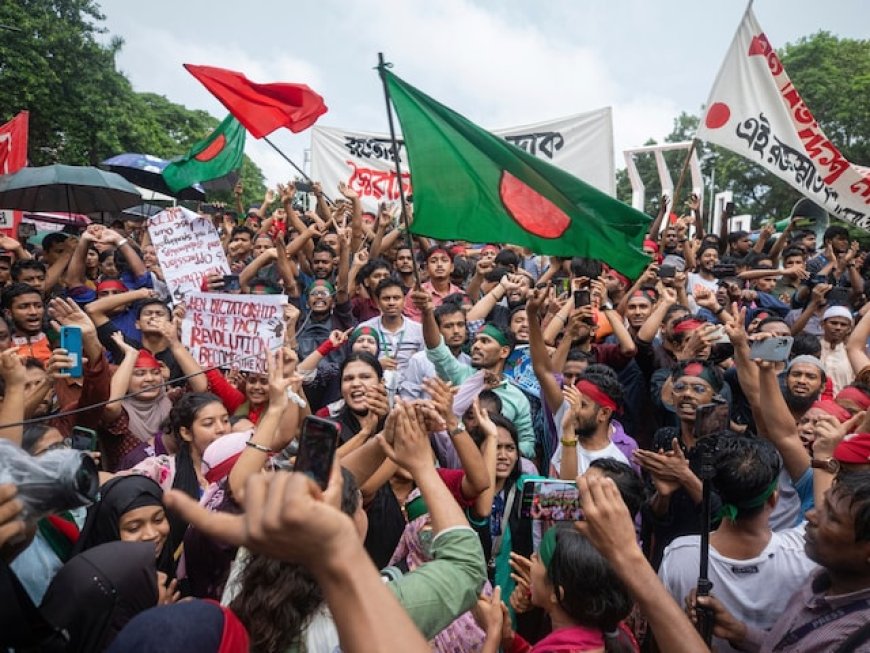
Since 1947, the Hindu population in Bangladesh has dropped from 30% to less than 9%.
During this year’s Durga Puja, communal violence erupted in Bangladesh, resulting in the vandalism of Hindu temples, hundreds of injuries, and the deaths of both Hindus and Muslims. The violence was triggered by a viral video showing a Qur’an placed on a Hindu statue, sparking mob attacks. Security forces were deployed in over 20 districts, and police used tear gas to disperse crowds from Cumilla to Dhaka. Community leaders described the violence as some of the worst large-scale mob attacks on Hindus in the country's history. In addition to attacks on religious sites, Hindu homes were burned, and goods were stolen. Hundreds protested the violence in Dhaka.
Currently, Hindus make up less than 9% of Bangladesh’s population, down from 30% in 1947, as many have fled to India over the years. Economist Abul Barkat estimates that around 750 people from minority communities leave Bangladesh daily due to social pressures rather than economic reasons. This mass exodus of Hindus in a Muslim-majority country can be traced back to the 1947 Partition, which led to a brutal divide and massive communal violence. At that time, Bangladesh was East Pakistan, and between 1947 and 1971, the country fought to preserve its Bengali ethnic and cultural identity while facing severe persecution by the Pakistani military. While Bengalis as a whole were oppressed, Hindus faced additional challenges, exemplified by the 1964 East Pakistan riots, which led to a mass refugee exodus to India.
Following Bangladesh’s independence in 1971, the country adopted a secular constitution, but over time, it became more Islamic, culminating in a formally Islamic constitution in 1988. Although secularism is still a fundamental principle, Islam has gained more influence in politics. Right-wing Islamist groups like Jamaat-e-Islami and Hefazat-e-Islam have gained prominence, controlling numerous Islamic schools and facing crackdowns by the government.
Under Prime Minister Sheikh Hasina, the Awami League government has tried to strike a balance between prosecuting extremist groups and maintaining Bangladesh’s Islamic identity. She has even considered reverting to the secular 1972 constitution, but this is politically uncertain. Hasina's government must also navigate its strategic relationship with India, which has become more complicated since Narendra Modi's far-right Hindu government came to power. Modi’s 2021 visit to Bangladesh sparked protests that resulted in violence and deaths, highlighting the delicate position the government faces in managing its anti-extremism policies.
In this context, it is crucial to acknowledge how the far-right BJP in India contributes to religious tensions. The rhetoric of Hindutva supporters, who call for India to become a Hindu nation and advocate the deportation of Muslims and immigrants, fuels xenophobia. This narrative gives Islamist groups in Bangladesh the opportunity to exploit resentment and turn it against religious minorities. Therefore, the government's response to violence against Hindus must avoid falling into the trap of blaming Muslims or Bangladesh's Islamic identity as a whole. Coexistence between Hindus and Muslims is possible, but political dynamics since Partition have increasingly undermined religious harmony across the subcontinent.
While the Bangladeshi state must hold accountable those responsible for the recent violence, prosecuting individuals alone will not address the root causes of communal tensions. A broader strategy, including in-depth investigations, truth and reconciliation efforts, and legal protections for minorities, is needed to foster greater inter-community understanding. Addressing fundamental economic needs can also help reduce the populist discontent that often drives religious violence.
It’s also worth noting that organizations like the Hindu American Foundation (HAF), with ties to right-wing Hindu nationalism, have loudly condemned the violence in Bangladesh. However, the issue lies in selective outrage. The communal violence that targeted Hindus in Bangladesh is the same force that leads to lynchings of Muslims in India. To selectively express concern without addressing the broader issue of communal violence across the region risks perpetuating an Islamophobic agenda.
Solidarity with minorities and victims of religious violence is essential, but it is important to avoid framing these events as isolated incidents sparked by individual acts or radical groups. The violence against Hindus in Bangladesh is part of the larger, unresolved legacy of Partition, which continues to fuel tensions between Hindus and Muslims. The challenge for Bangladesh, at both societal and state levels, is to move beyond simple tolerance and embrace true pluralism. This requires reconciliation, addressing economic disparities, and developing a broader framework for countering religious hate and extremism.
What's Your Reaction?







